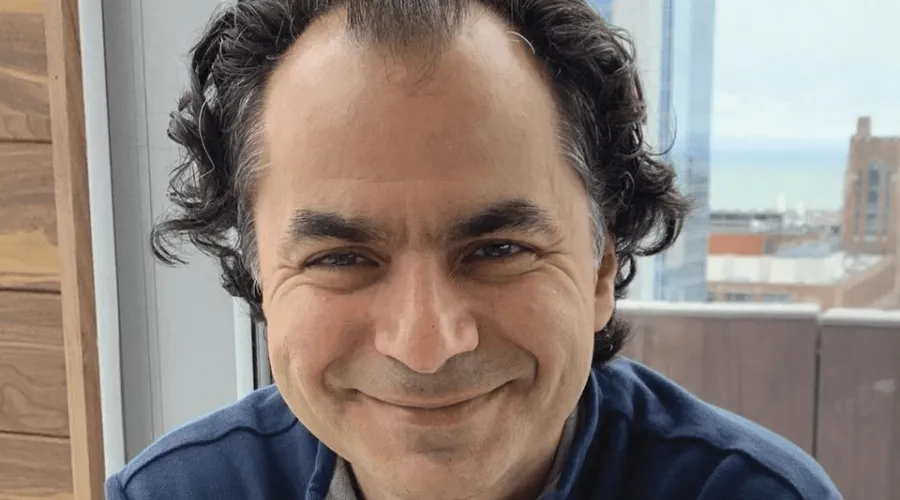As Ohio State continues to expand its role in the commercialization of research, it is important to create an environment that facilitates and rewards research creativity and entrepreneurship. To support and stimulate entrepreneurial activity among Ohio State researchers, three university-wide innovator awards are presented as part of the Research and Innovation Showcase hosted by the Office of Research and Corporate Engagement Office. Join us in congratulating our 2020 Innovator of the Year.
Alper Yilmaz, PhD
Watch a video on Dr. Yilmaz’s autonomous navigation framework without the requirement of infrastructure.

Alper Yilmaz is a Professor in the Department of Civil Environmental and Geodetic Engineering. His research focuses on the development of wireless geolocation technology, which is the basis of the start-up firm Ubiher, a unique innovation providing a standalone solution to finding the position of an object or person. He is a senior member of the U.S. National Academy of Inventors and a senior member of the Institute of Electrical and Electronics Engineers. Yilmaz is chair of the International Society for Photogrammetry and Remote Sensing Working Group 5 of Technical Commission II on Dynamic Scene Understanding. He is the editor-in-chief for the Photogrammetric Engineering and Remote Sensing Journal. His research has received over $11M in extramural funding. He was awarded the Lumley Research Award and the Lumley Interdisciplinary Research Award from Ohio State, honorable mention for the Masao Horiba Award (Japan), and the Presidential citation of the American Society for Photogrammetry and Remote Sensing.
Yilmaz received his MS and PhD in computer science from the University of Central Florida.
The Innovator of the Year award recognizes Ohio State researchers who are actively working to promote commercialization of university intellectual property, through invention disclosures filed, patents applied for and/or received, technologies licensed or spin-off companies formed.
Video Transcript
It's an autonomous navigation framework without the requirement of an infrastructure. And the problem with autonomous navigation today is that it requires an infrastructure, like satellites for GPS, for instance. It does not work indoors. It does not work under bridges. It does not work inside the tunnels. And in order to find this holy grail, my research team has been working diligently to find an infrastructure-less approach to this problem.
This work wouldn't have been possible if it wasn't for my research group. So all the brainstorming sessions that we had with my students and my visiting scholars here actually led into this work. This goes back to the idea of how a blind person navigates, right? You don't see anything.
Your sensory input is only auditory, and then you have a map of the region in your mind. Even though it's a simple map, you have a map of the region. You walk ten steps in one direction then turn left or turn right, 30 degrees, 40 degrees. And our goal is to have an autonomous vehicle blindfolded, without any visual input, can still figure out from going from point A to point B.